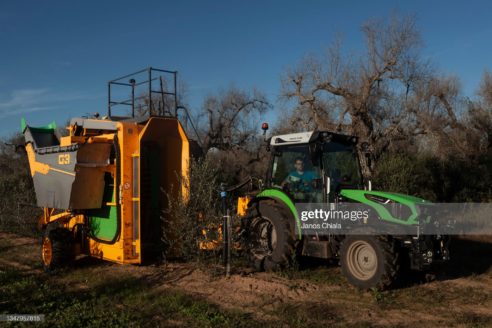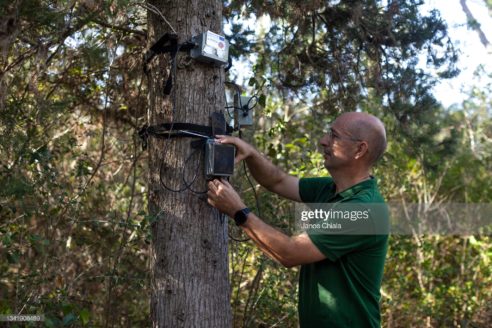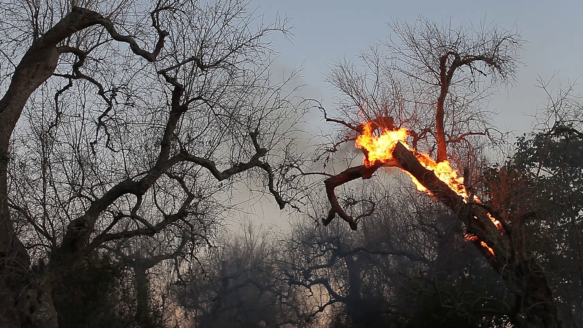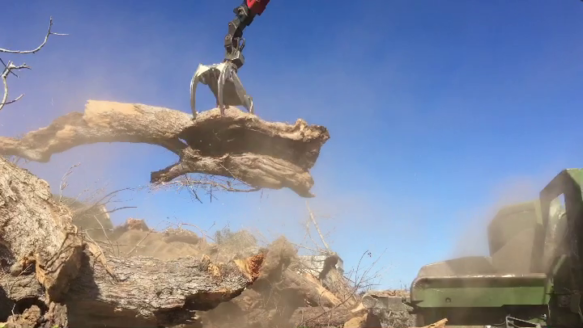-Olive harvest in Salento
Olives are harvested for the first time in years at Azienda Agricola Vergari on October 21, 2021 in the countryside of Supersano, Italy. Like almost all olive growers in the Salento peninsula, an area known for its olive oil and its ancient olive groves, Vergari lost most of its olive trees to Xylella fastidiosa, a plant bacteria from Central America that over the past ten years has affected millions of trees, turning an entire province into a cemetery of dead tree trunks.



